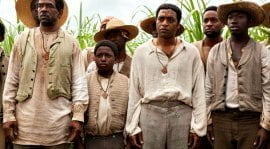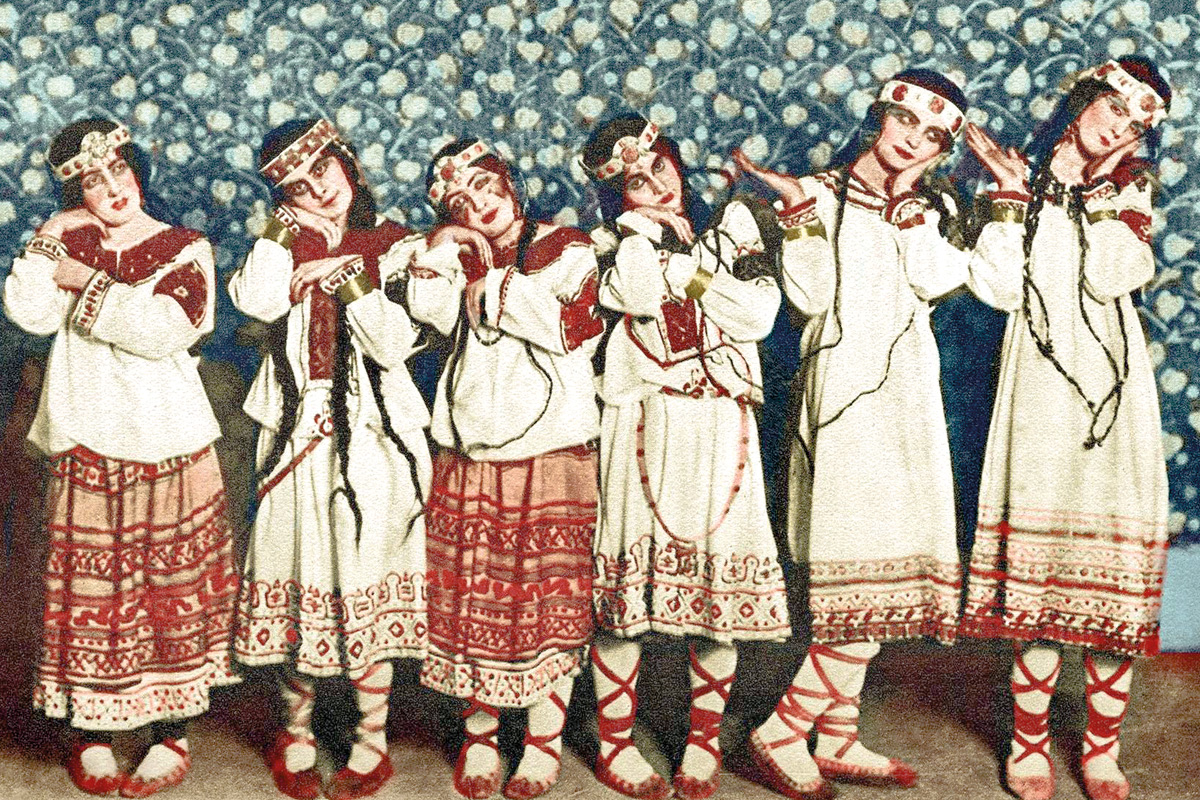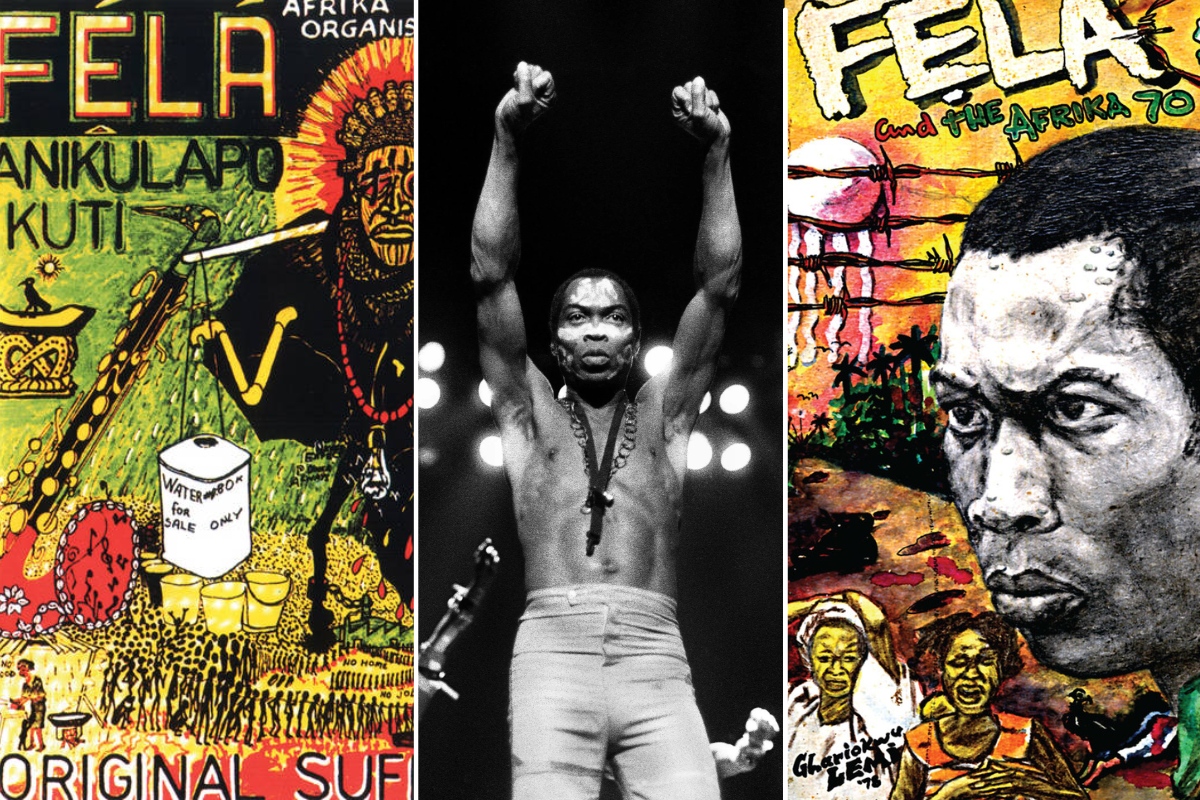With the awards season upon us in Hollywood, climaxing with the Oscars on 2nd March, Guy Howie of the UCLU Marxists reviews the front-runner for film of the year: “12 Years a Slave”, a harrowing depiction of slavery in the Southern states of America, based upon the true story of Solomon Northup, an educated free man who finds himself thrust into a brutal life of exploitation.
It’s awards season in Hollywood, the time of year when the lights are most glaring and the fanfares most blaring in the circus of showbusiness. As usual, one film is being trumpeted above all others: 12 Years a Slave has garnered plaudit after plaudit, award after award, since buzz around it began late last year.
The film’s subject matter is very much in vogue among those in the industry, courting critical-darling status: in 2011 The Help began a succession of films about the subjugation of African-Americans in the Southern states of America. Released in late 2012, Quentin Tarantino’s spaghetti western pastiche “Django Unchained” centred on one escaped slave’s struggle against Southern slaveowners. That same year, the Lincoln biopic was released after director/producer Steven Spielberg had reportedly rejected several scripts before settling on the chosen subject matter – the Emancipation Proclamation that abolished slavery in the United States.
Class relations
With these recent predecessors in mind, it is tempting to view “12 Years a Slave” with presumptuous cynicism, since the film explores a subject matter predisposed to bring a hyperbolic reaction from the mainstream Western media. There is a certain materialist perspective behind 12 Years, however, which sets it apart from all the critical fervour. As the big screen translation of a true account by the titular slave, it captures a glimpse into the complex class relations of the pre-abolition Deep South by faithfully relating a first-hand experience of them.
Solomon Northup begins the film a free man, living with his family in Saratoga Springs, an affluent area of New York State, and blissfully ignorant to the torturous exploitation suffered by his fellow African Americans in the South. He is soon the victim of a common occurrence of the age: drugged and kidnapped, he finds himself in chains and on the way to New Orleans to be sold into slavery.
Given a slave name, Platt, and bought by a plantation owner, Solomon discovers for himself the true nature of slave society. The slaves are seen being lectured to by their master, who reads out to them a passage from the bible shedding light on their maker. Meanwhile, they maintain the plantation by working daily in inhumane conditions, driven by savage farmhands who act as overseers.
But Solomon, born free and well-educated, is no ordinary slave. His literacy and intelligence quickly become apparent to all concerned; he impresses his master William Ford but earns the special contempt of the uneducated oversees, as well as of Ford’s wife. His background also earns Solomon a higher standing among his fellow slaves, to the extent that one, Eliza, leans on him for support as she longs for the child she had taken away from her. Solomon himself too, though, understands that he is different. He simply explains to her that things are what they are, and that she ought to pull herself together and get on with it. At this stage, indeed through most of the film, Solomon’s main concern is for himself, and using his background to reach someone in the North who could free him again. He sees himself as removed from the others, somehow less deserving of his fate.
We are soon witness to the mirror image of his lack of empathy, as a scuffle with one of the overseers results in them attempting to lynch Solomon. When the plantation foreman stops them, he leaves Solomon struggling to keep his feet grounded as the noose still hangs around his neck, in a harrowing minute of screentime. The other slaves are shown in the background continuing about their business, enacting Solomon’s prior, blunt words about the reality of the situation. As members of the slave class, the most they could do to help him was offer the gesture of a pail of water as he gasped for air.
Although eventually saved by Ford, however much the owner had taken a shine to “Platt” could not prevent his sale to a far more brutal slaveowner Edwin Epps. Ford may have preached the word of God to his slaves; he may have acted for the most part like a ‘good man’; he may have known that Solomon was set upon by the backward carpenter Tibeats: these facts did nothing to change the class relations at hand. A black slave had physically confronted a white man, and would be killed if he stayed on the plantation.
Private property
The new plantation is the scene of the most brutal episode in the film. Like Ford, Edwin Epps also preaches the word of God to his slaves, but unashamedly takes the unflinching line of a white-supremacist. And yet, he comes to have his way with one of the slaves, Patsey, raping her several times over the course of the film. When Patsey leaves the plantation one day without permission, upon her return Epps must whip her within an inch of her life. In spite of his lust for her, and provoked by his wife, who is profoundly jealous of the slave-girl her husband covets, Epps proceeds to lash Patsey.
As the lashing goes further and further, increasing in ferocity, Solomon implores Epps to stop, trying to appeal to his Christianity and accusing him of sin. Epps utters the ultimate rebuke to any ideological fallacy about slave-trade: “Sin? There is no such thing as sin! A man can do what he wants with his property!” There on his plantation, surrounded by as many as ten black slaves, several twice his size, Epps crystallises the class basis of slavery for one moment in the film. It is also worth noting for anybody who even attempts to defend the sanctity of private property in today’s world. The line lays bare the inherent contradictions of a society in which, to quote Thomas Jefferson, “all men are created equal”, while just a few could accumulate large amounts of wealth – objects of wealth including, in the Southern States of the mid-nineteenth century, other men and women.
Later in the film, a slave collapses and dies from heat exhaustion in the cotton fields and the other slaves hold a wake and sing gospels songs for the dead. Finally, Solomon has realised through a decade of experience what it means to be a slave, shoulder to shoulder with his brothers and sisters, and joins in the singing as it rises to a climactic crescendo.
Not long after, a Canadian carpenter opposed to the idea of slavery comes to work with Solomon on the plantation. When he travels on to the North, he delivers the letter which secures Solomon’s freedom. Brad Pitt is well-cast as the happy-go-lucky craftsman, over-zealous in his idealism; the perfect agent to a Hollywood ending. But as Solomon is carried away from the plantation by his liberators – leaving a desolate Patsey in his wake – and returned to his family, it must still leave the typical Hollywood punter relatively unsatisfied.
For Pitt’s character Bass, an ideal may have been enough, allied with circumstance, to liberate one free-born, educated black man trapped in slavery. The film is based on Solomon’s true account of his time in slavery, which thus necessitates a personal ending. It is also true, as is claimed in the film’s epilogue, that having written his account, Solomon Northup campaigned for abolition across the country and helped slaves escape on the Underground Railroad.
The real abolition, however, was won only through a brutal revolutionary war fought a decade after Solomon’s story ends, by the enfranchised working classes of the North against the backward slave society of the South. The Northern states were ruthless in overthrowing a system which, according to the idealists who adhered to the Declaration of Independence, had been un-American since the nation’s inception. The story of “12 Years a Slave” may not address this issue, but it nonetheless makes for gripping cinema and spawns the masterful rendering of an important historical document.






